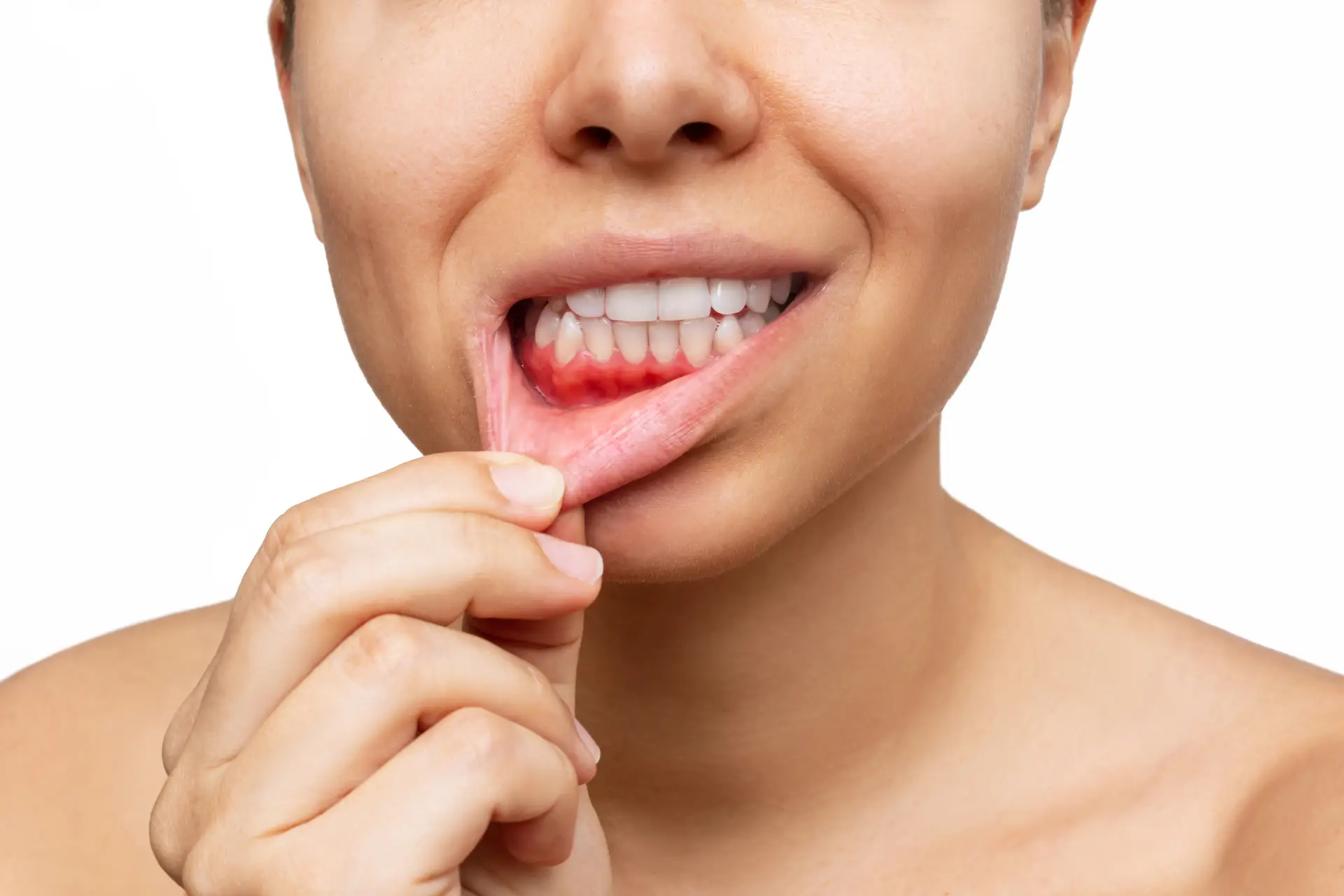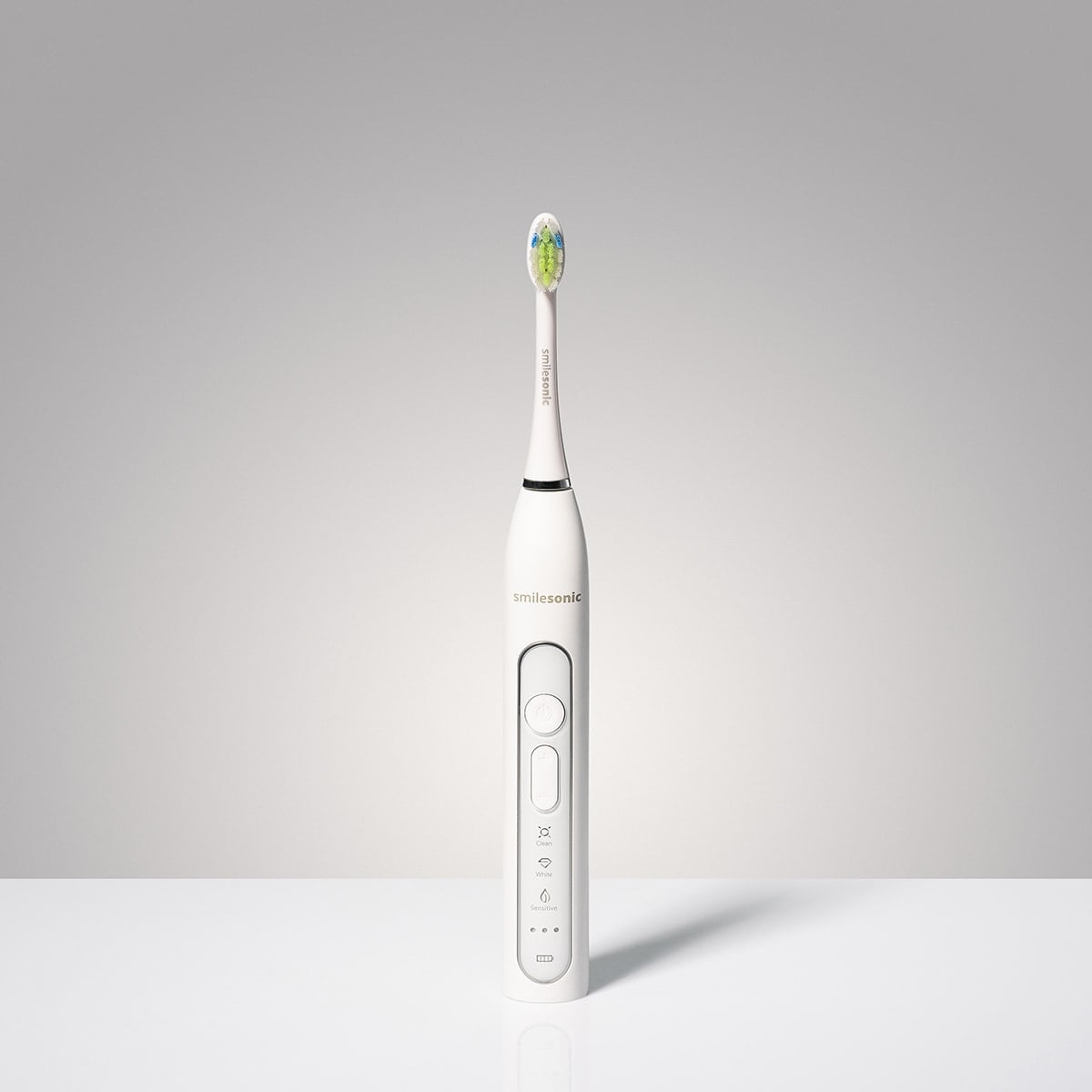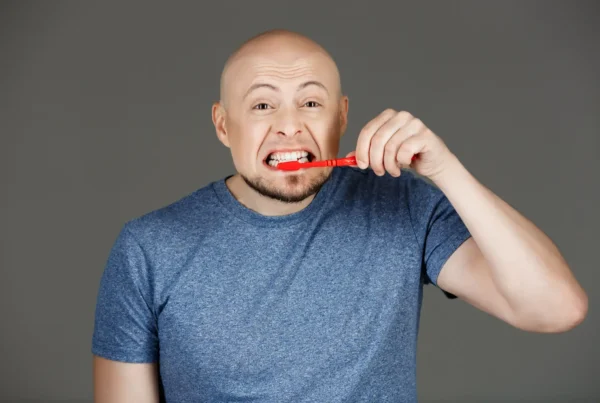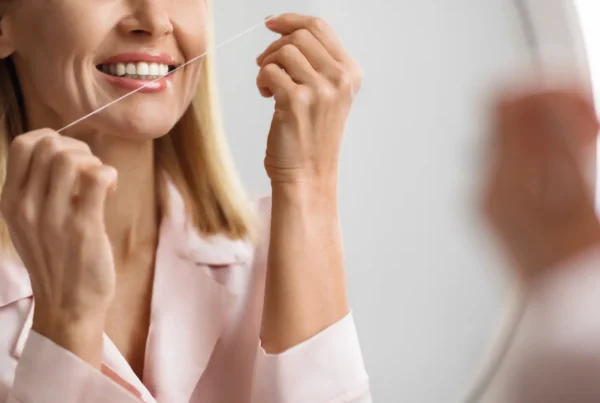Ways to deal with bleeding gums – how to treat them?
Bleeding gums are one of the most common signs that something is wrong in our mouth. Although many people ignore this symptom, considering it “normal when brushing,” it can actually be the beginning of more serious problems – from gingivitis to periodontal disease and even tooth loss. Fortunately, bleeding can be prevented and, if necessary, effectively treated.
In this article, we will look at the most common causes of bleeding gums, home remedies for dealing with this problem, and methods of professional help when the problem persists. This is a compendium of knowledge that will help you understand what is happening to your gums – and how to restore their health.
 Bleeding gums – what causes it?
Bleeding gums – what causes it?
Gums can bleed for many reasons – sometimes it is a matter of negligence, sometimes ignorance, and sometimes a hidden health problem. Below we describe the most common causes of this phenomenon.
- Poor oral hygiene. This is the main culprit. Food debris and bacteria accumulate on the teeth and along the gum line, forming bacterial plaque, which mineralizes and turns into tartar. Tartar irritates the gums, causing inflammation and bleeding.
- Brushing your teeth too aggressively
Paradoxically, brushing too intensely, especially with a hard-bristled toothbrush, can cause mechanical damage. Gums are not resistant to rough treatment and will start to bleed over time. - Poor flossing technique. Careless, overly forceful insertion of floss between the teeth can damage the delicate gum tissue. Proper flossing should not cause bleeding – if it does, it is a sign that we are doing something wrong or that our gums are already inflamed.
- Periodontal disease. This is a more serious problem. Gingivitis is an inflammation caused by bacteria which, if left untreated, can develop into periodontitis. In the course of this disease, the gums recede, exposing the tooth necks, which leads to loosening and loss of teeth.
- Vitamin deficiencies. A lack of vitamin C weakens blood vessels and leads to increased gum bleeding. Vitamin K deficiency affects blood clotting. Both of these vitamins are essential for oral tissue health.
- Smoking and alcohol. The toxic substances contained in cigarette smoke and excessive alcohol consumption reduce the resistance of periodontal tissues, impair circulation in the gums, and promote inflammation.
- Hormonal changes. Pregnancy, puberty, menopause, and the use of certain contraceptives can all increase gum sensitivity and bleeding.
Home remedies for bleeding gums
When the problem first appears, it is worth starting with a change in habits and gentle care.
1. Sonic toothbrush – technology at the service of your gums
A sonic toothbrush is one of the best tools in the fight for healthy gums. Thanks to its high vibration frequency (up to 96,000 movements per minute) and wide range of sound waves, it effectively removes bacterial plaque from hard-to-reach areas without irritating the tissues.
Looking for the right device? It is worth knowing that the Smilesonic GO, Smilesonic EX, and Smilesonic UP sonic toothbrushes offer modes for sensitive gums—gentle but thorough cleaning is the key to improving periodontal health.
2. Proper brushing technique
Avoid horizontal scrubbing. Instead, use sweeping motions – from the gum line towards the tips of the teeth. Avoid excessive pressure – it’s not about force, but precision.
3. Flossing or irrigation – but with caution
Instead of classic floss, try a dental irrigator, which uses a stream of water to gently rinse food debris and bacteria from between your teeth. This solution is especially recommended for people with braces, bridges, or sensitive gums.
The Smilesonic Aquaflow irrigator has several pressure levels – you can adjust the power of the stream to your needs and gradually accustom your gums to the new care routine.
4. Herbal rinses and anti-inflammatory preparations
It is worth trying natural methods of support:
- sage – has antibacterial and astringent properties,
- chamomile – soothes irritation,
- oak bark – strengthens the gums,
- cloves – have antiseptic properties.
In addition, you can use special mouthwashes with chlorhexidine – but for no longer than 2–3 weeks, as they can eventually disrupt the bacterial flora of the mouth.
5. A diet that supports gum health
Include foods rich in the following in your diet:
- vitamin C (peppers, parsley, kiwi);
- vitamin K (kale, spinach, broccoli);
- omega-3 fatty acids (sea fish, flaxseed);
- zinc and coenzyme Q10, which support the regeneration of mucous membranes.
Remember – healthy gums start on your plate.
When to see a dentist?
If your gums continue to bleed for more than a week despite changing your brushing technique and using gentler tools, it’s time for a dental check-up.
Your dentist may recommend:
- scaling and sandblasting – removal of tartar and deposits,
- professional mouthwashes and anti-inflammatory medications,
- examination of gum pocket depth,
- periodontal therapy if you have periodontitis.
Ignoring the problem can lead to loose teeth and even tooth loss – it is better to react early.
Summary – 7 steps to healthy gums
If you want healthy gums, follow these steps.
- Choose a sonic toothbrush with a gum mode.
- Brush your teeth gently, using sweeping motions.
- Floss your teeth daily or use an irrigator.
- Rinse your mouth with herbs or antibacterial preparations.
- Eat foods rich in vitamins C and K and omega-3 fatty acids.
- Avoid cigarettes and limit alcohol consumption.
- Visit your dentist and hygienist regularly.





